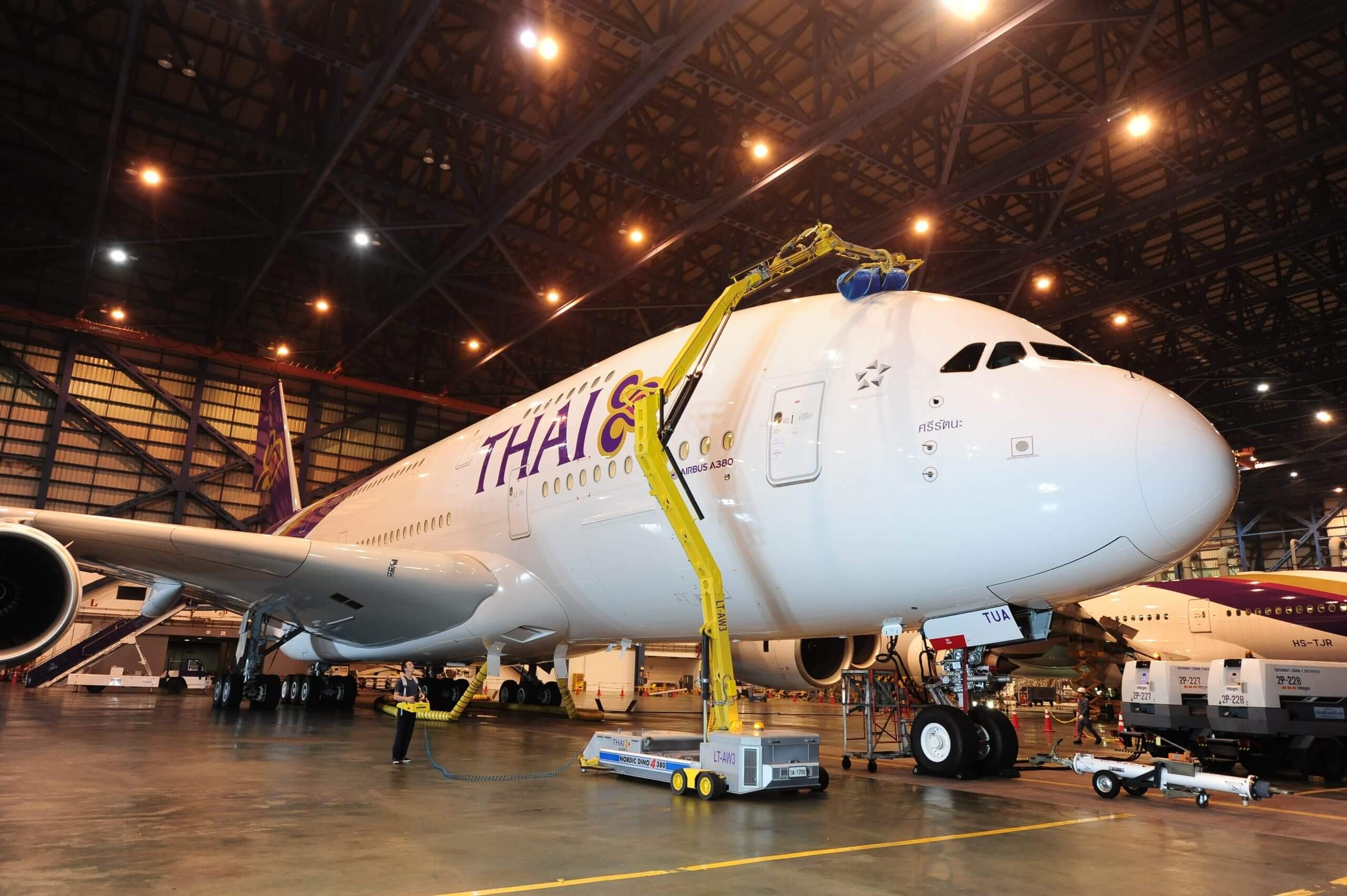Unlocking the Potential: Standardized AI Infrastructure for Enterprises.
In the ever-evolving landscape of enterprise technology, AI stands out as a transformative force. Yet, the journey towards widespread AI adoption is fraught with challenges, including standardization, cost management, and governance. Many organizations grapple with these complexities, hindering innovation and progress.
Enterprises are confronted with a diverse array of tools, models, and technologies, leading to a lack of consistency and coherence. This disparity makes scaling pilots into production and collaborating across teams a daunting task.
Cost management remains a significant hurdle for IT leaders, with AI projects often spiraling out of control. What begins as a modest undertaking can quickly escalate into a budgetary nightmare, particularly in on-premises environments where robust infrastructure is essential.
Moreover, governance issues plague AI initiatives, as efforts become fragmented across departments without adequate oversight. This lack of centralization hampers visibility into technology usage, data security, and regulatory compliance.
The Power of AI-First Infrastructure
According to Manuvir Das, Vice President of Enterprise Computing at NVIDIA, a purpose-built AI infrastructure, anchored in the cloud, can address these challenges effectively. Standardizing on platforms like NVIDIA AI Enterprise streamlines operations, enhances efficiency, and fosters innovation.
By consolidating on a unified infrastructure, enterprises can eliminate the complexity of managing disparate technologies. This approach mirrors the standardization seen with virtualization, databases, and CRM, offering simplicity and cohesion.
Standardization not only simplifies technology selection and integration but also accelerates development and operations. It enables teams to focus on productive work, leveraging accelerated processing and streamlined workflows.
Simplified Cost Control and Governance
Optimizing infrastructure based on workload requirements allows for cost-effective solutions tailored to enterprise needs. With enhanced visibility and oversight, IT gains control over spending, procurement, and integration, driving economies of scale and efficiency gains.
Furthermore, standardized environments reduce time spent on AI workloads, optimizing processing and scaling operations. This cost optimization fosters a culture of AI innovation, empowering teams to explore new use cases and opportunities.
From a governance standpoint, standardized AI infrastructure offers accountability and security. Built-in layers of protection ensure data privacy and regulatory compliance, mitigating risks and safeguarding critical assets.
Democratizing AI Across the Enterprise
A dedicated AI platform unlocks innovation, accelerates development, and democratizes AI across the organization. It minimizes barriers to entry, enabling more teams to leverage AI capabilities and drive business growth.
In essence, standardized AI infrastructure marks the next frontier of technological innovation. It streamlines operations, accelerates time to market, and fosters a culture of collaboration and innovation.
To explore how dedicated AI infrastructure can transform your enterprise, join us for the upcoming VB On Demand event. Discover the power of AI in driving business success and unleashing the full potential of your organization.


















